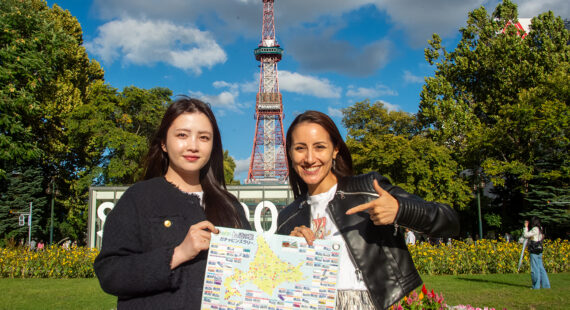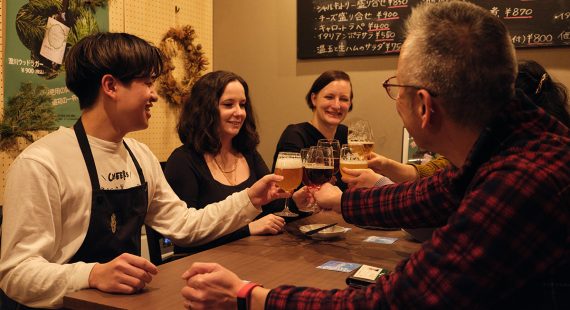The town of Rikubetsu (陸別) is located in the Tokachi area of eastern Hokkaido, the northernmost island of Japan. Rikubetsu is known for being the coldest town in Japan, where the temperature drops down even as low as freezing -33°C (about -28°F) during the coldest months of winter. The town is also an excellent place to watch the beauty of the winter sky. You can watch the magnificent starry sky and if you are lucky, you can even see the Northern lights in Rikubetsu. The best way to reach Rikubetsu is by car, but once you get there, you can become an engine driver and try how it feels like to drive a diesel train on the Rikubetsu railway.
This column introduces the coldest town in Japan, Rikubetsu, and some fun ideas for your winter trip to Rikubetsu as well as neighboring Lake Akan and Abashiri city.
You can read more about summer activities in Akan in our earlier blog column Akan-Mashu National Park: Hot springs and caldera lakes. We also have a blog column about the Tokachi area, so if you’re interested to read more about Tokach in general, head to The Tokachi area: The bread basket of Japan.
Introduction to Rikubetsu
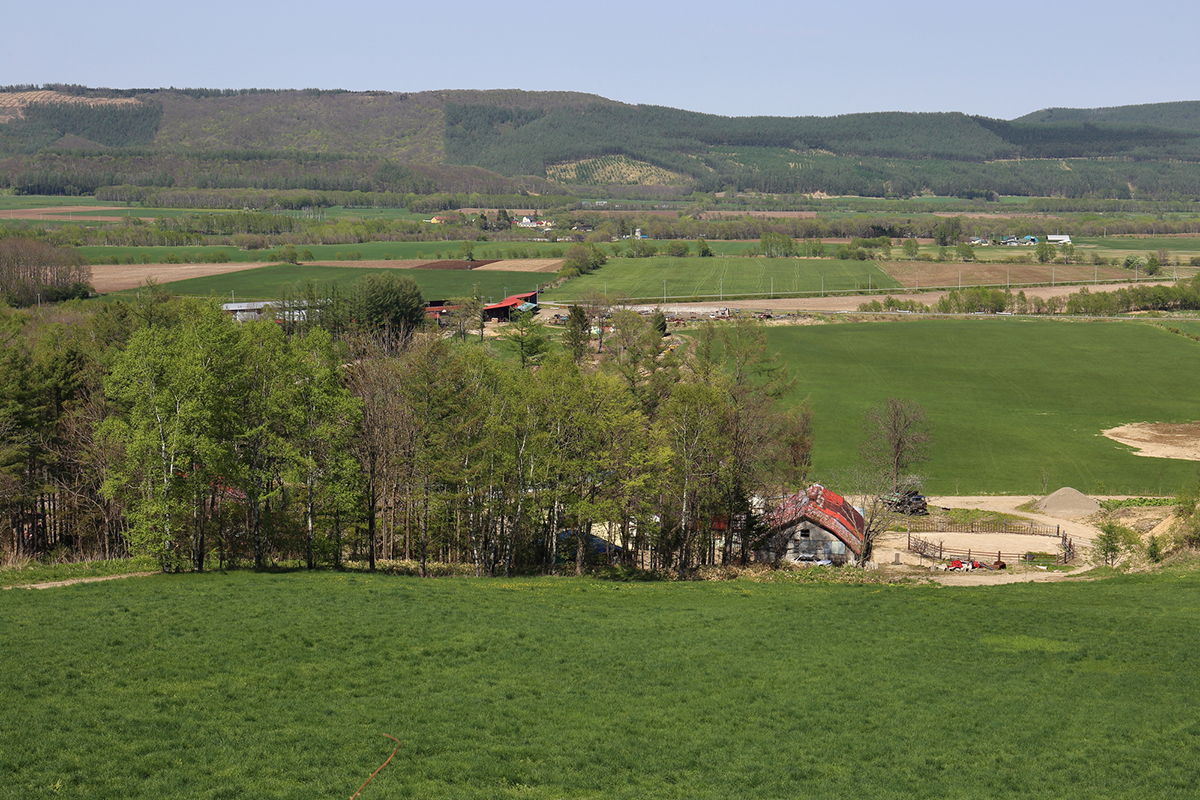
Rikubetsu (陸別) is located the Tokachi area, in the eastern Hokkaido, Japan. Rikubetsu occupies the northeastern part of the wide Tokachi plain and shares a border with the town of Tsubetsu in the northeast, the town of Kunneppu in the north, Oketo in the northwest, and Ashoro in the west and south. In March 2022, there were about 2,300 people living in Rikubetsu, so it is quite a small town. The town lives on forestry and agriculture, especially dairy farming in the western part of the town, and there is also Nissan’s car manufacturing factory in Rikubetsu, which provides work for many of the inhabitants.
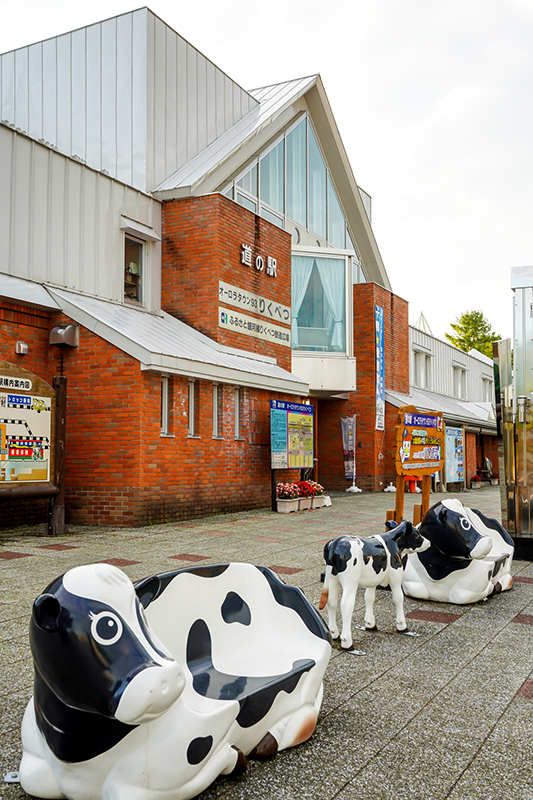
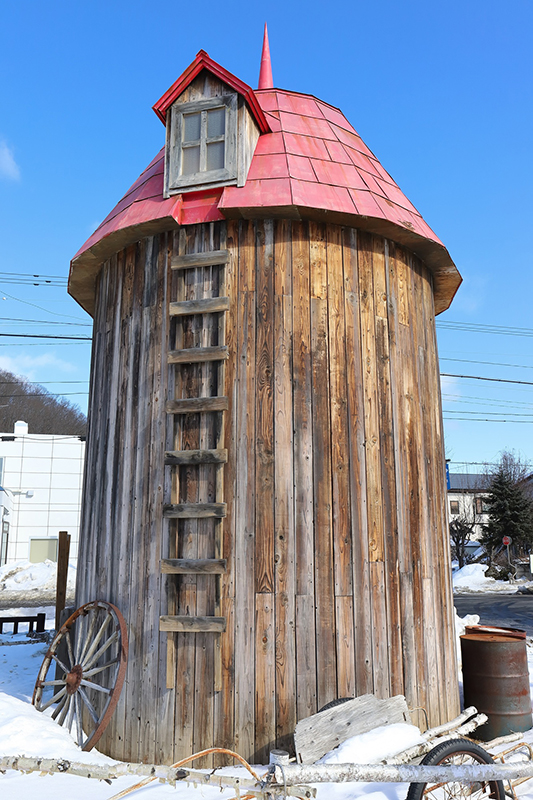
Like most of the place names in Hokkaido, the name of the town comes from the name the Ainu—the indigenous people of Japan and Russia—have given the region. The original Ainu name of Rikubetsu is rikunpet, which can be analyzed as rik (‘a high place’), un (‘to be at’, ‘to enter’), and pet (‘a river’), that is ‘a river entering a high place.’ The Rikubetsu river (陸別川) flows between some of the high mountains close to the town, hence the name.

Another river in the area is the Toshibetsu river (利別川). The north to south running river divides the area of the town in two: the western part is a plateau dotted with dairy farms and the eastern part rises up to 500 meters above sea level at the foot of the Akan mountain range. The town is located in a basin surrounded by mountains from every direction except the south, which creates an environment with great differences between summer and winter temperatures.
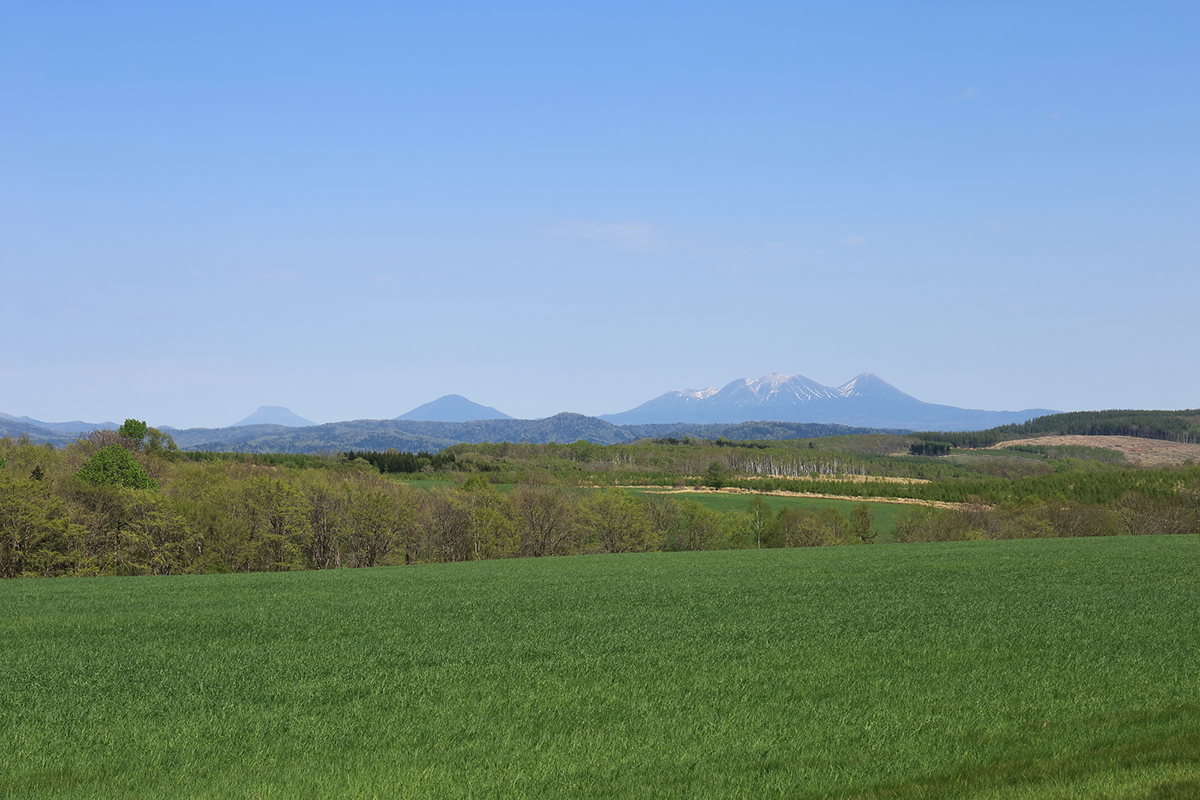
Eastern Hokkaido is a relatively scarcely populated area in Japan and it means that the public transportation to the smallest towns, such as Rikubetsu, is not very frequent. The best way to get to Rikubetsu is indeed a car. The cities of eastern Hokkaido have it a bit better with some train connections as well as airports. The closest cities to the town are Kitami and Abashiri in the northeast, Kushiro in the southeast, and Obihiro in the southwest.
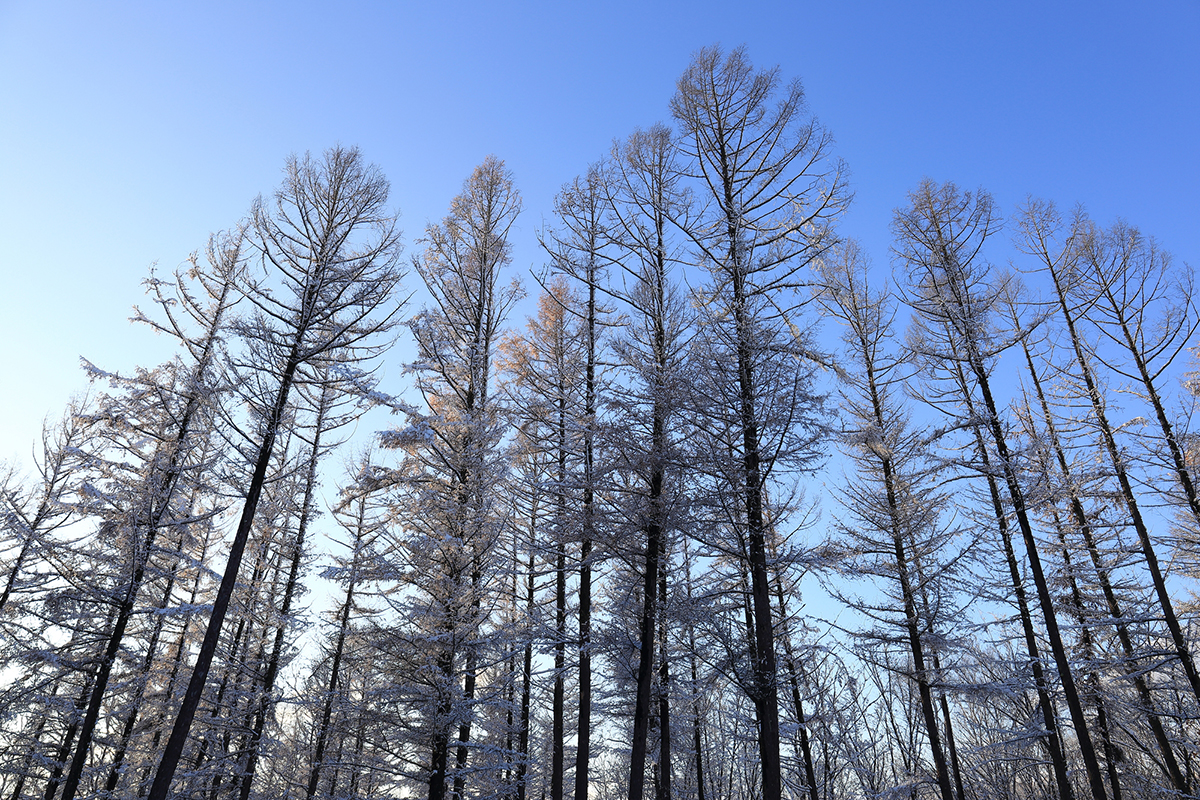
The distance between Sapporo and Rikubetsu is about 300 kilometers (186 miles), so a car ride from Sapporo to Rikubetsu takes about 4 hours. The way from New Chitose Airport to Rikubetsu is a bit shorter, about 240 kilometers (149 miles), so the driving time is also shorter: about 3 and a half hours. Another option is to take a flight to Obihiro airport from Tokyo and continue by car from there. The flight time between Tokyo and Obihiro is 1 hour and 30 minutes and there are three non-stop flights daily. There are no flights between New Chitose Airport and Obihiro airport.
If you want to know more about traveling in eastern Hokkaido during winter, do take look at our earlier blog columns The Nemuro Area: Bird Watching and Under-ice Fishing and White Weekend at Shiretoko Peninsula, too!
Enjoying Rikubetsu—The coldest town in Japan

Rikubetsu is titled the coldest town in Japan. The temperature difference between the coldest days of winter and the warmest summer days can be as much as 70°C (158°F). However, the extreme temperatures of record-low -33°C (about -28°F) in the winter and +30°C (about +86°F) in the summer are rare and usually, the temperature stays somewhere around -10°C (14°F) in the winter and 20°C (68°F) in the summer.
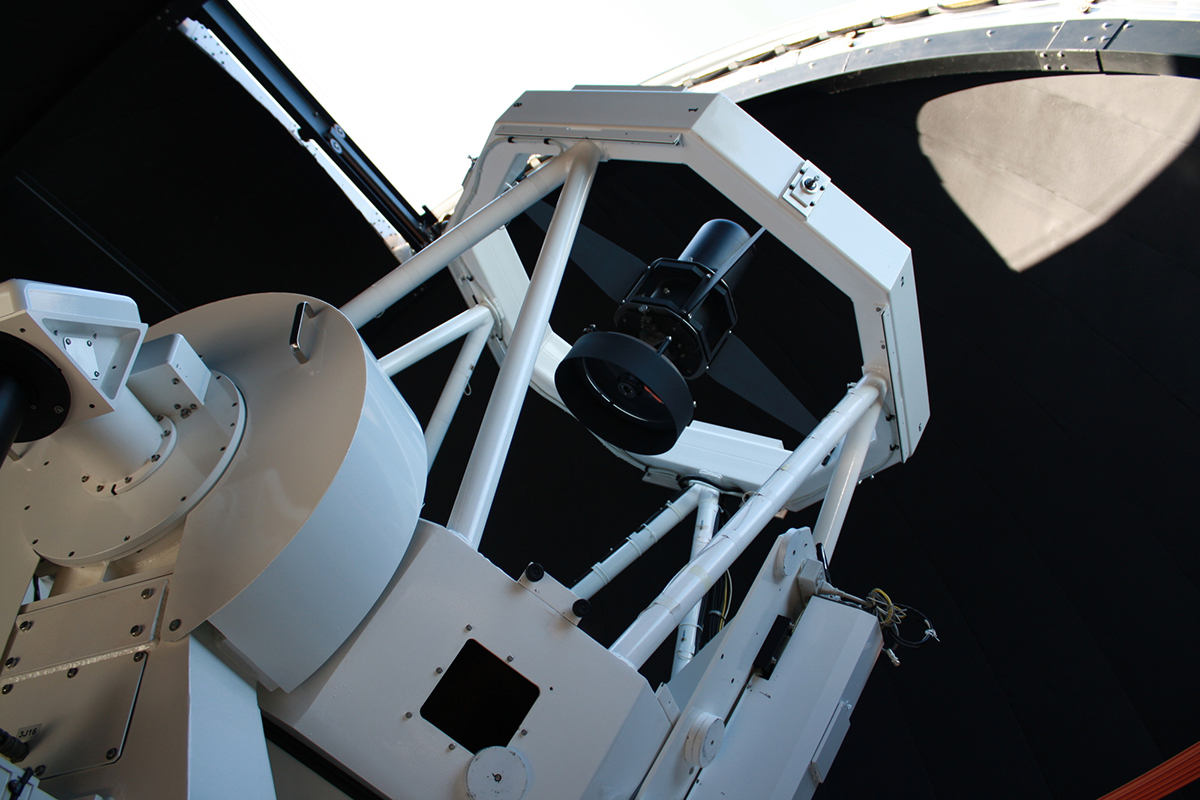
Rikubetsu has usually very clear skies. Being a quite remote place, there is almost no light pollution in Rikubetsu. That’s why one of the best things to do in Rikubetsu is to watch the stars in the night sky. Have you ever seen a starry sky without interference from the city lights? If you haven’t, you just need to add Rikubetsu to your winter trip plan! Being able to see the cold wintery night skies full of stars is a memory that will last for a lifetime. If you don’t content yourself with using just your bare eyes, you might also want to pay a visit to Rikubetsu Space-Earth Science Museum (an outbound link) to experience some more intense star-gazing with one of the largest telescopes in public observatories in Japan.
Rikubetsu is also one of the most southern towns where you can see the northern lights in Japan. However, it can’t of course be guaranteed that the northern lights will appear, but if they do happen to show themselves during your trip, you can count yourself lucky!
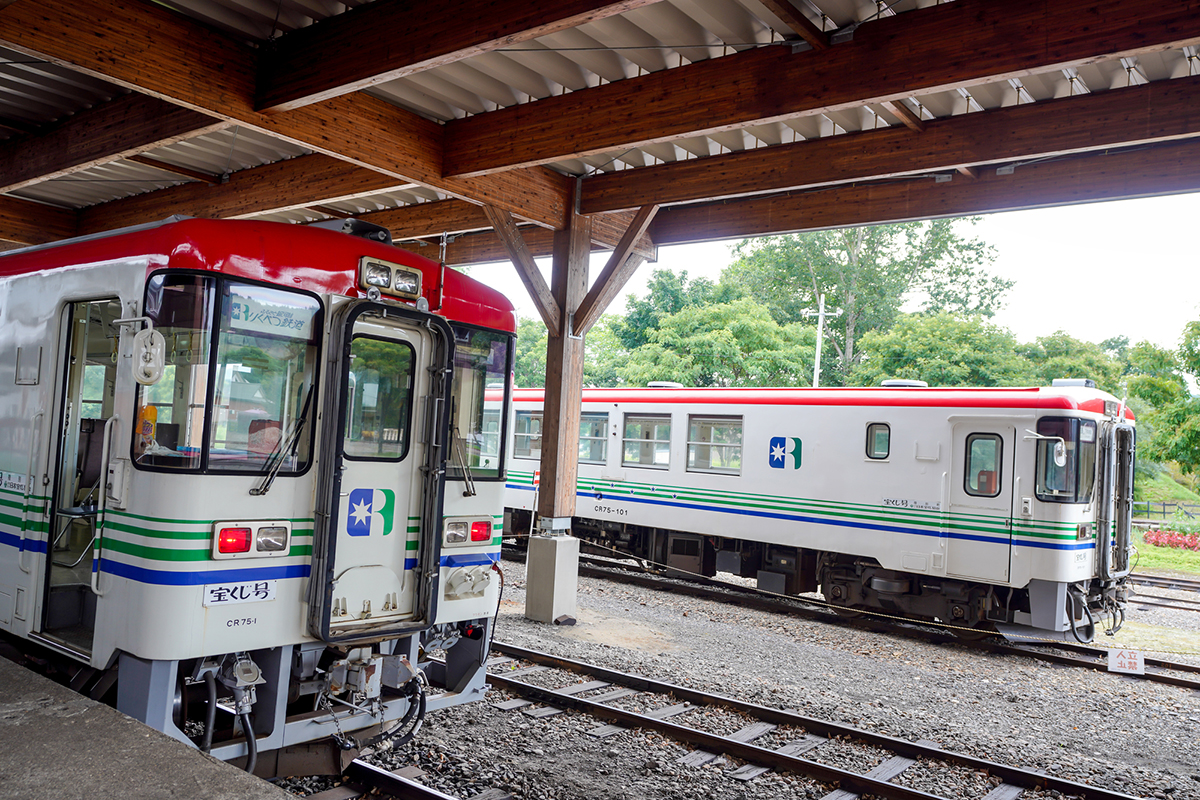
Another delightful activity in Rikubetsu is to become an engine driver on the Rikubetsu railway. The railway connection between Ikeda and Kitami via Rikubetsu (Furusato Ginga line) has been stopped in 2006 due to a low number of travelers, but the old station still stands in its place and so do the rails.
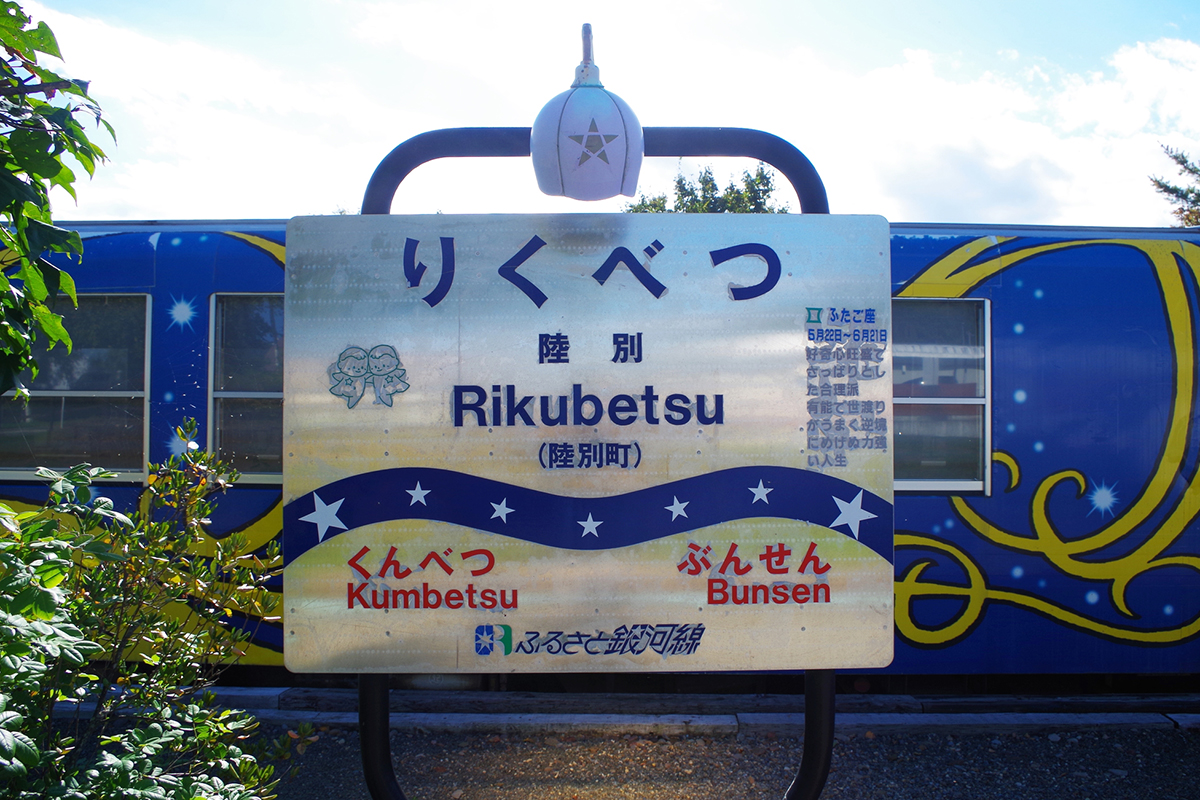
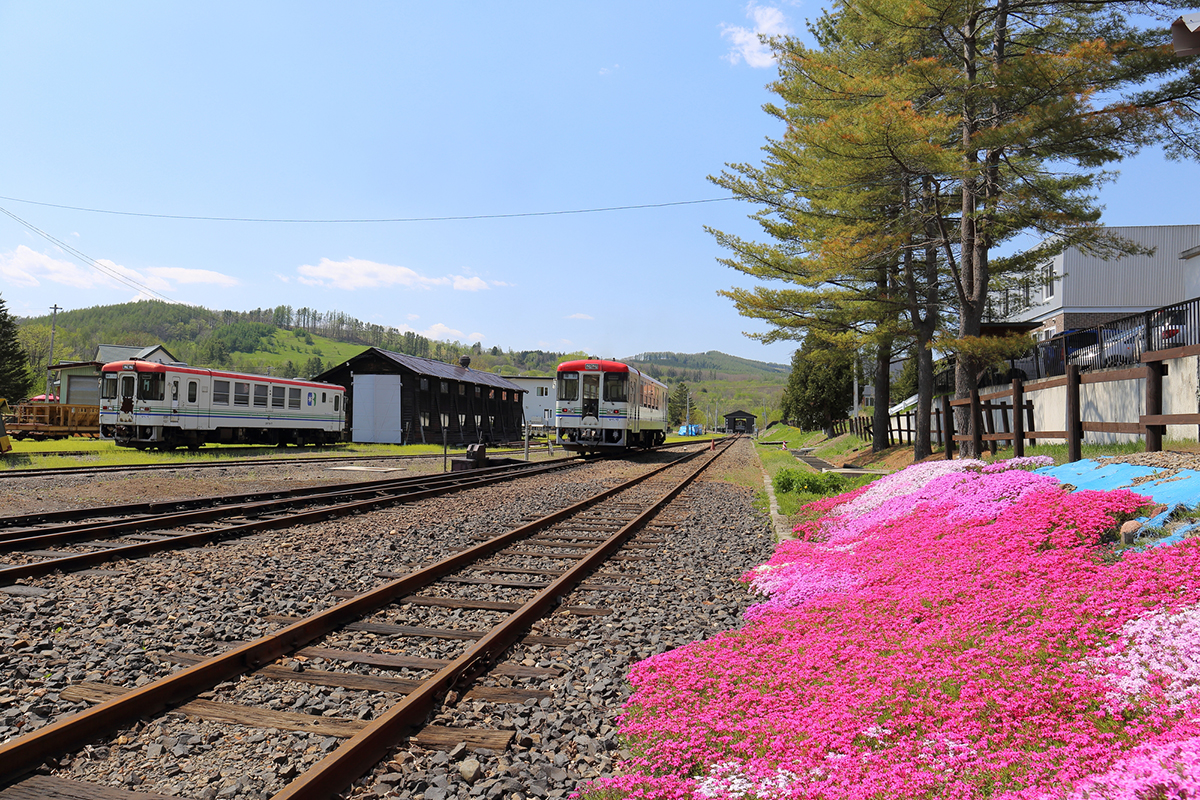
Now the old Rikubetsu station has been reclaimed and made into a hub for Furusato Ginga Line Rikubetsu railway (ふるさと銀河線りくべつ鉄道) (an outbound link), where the visitors can try out how it feels like to drive a diesel train. The activity is also available for children but to do the longest 1.6-kilometer-long course, you need to be at least 18 years old and complete a training and driving experience on a shorter course.
Celebrating the coldness of winter at the Shibare festival

Since Rikubetsu is the coldest place in Japan, the locals have come up with an idea of a unique festival to celebrate the harsh coldness of winter: the Shibare festival (an outbound link, in Japanese only) (しばれフェスティバル). ‘Shibare’ means ‘freezing coldness’ in the Hokkaido dialect of Japanese, so it’s the perfect word to describe the festival that celebrates coldness in Hokkaido. The festival is held yearly in early February.
At the festival, there are different fun winter activities for children as well as some music and comedy performances. There are ice slides, pony rides, a lottery, and of course hot food and drinks to keep you warm in the cold weather. The festival ends with a fireworks display at the night.
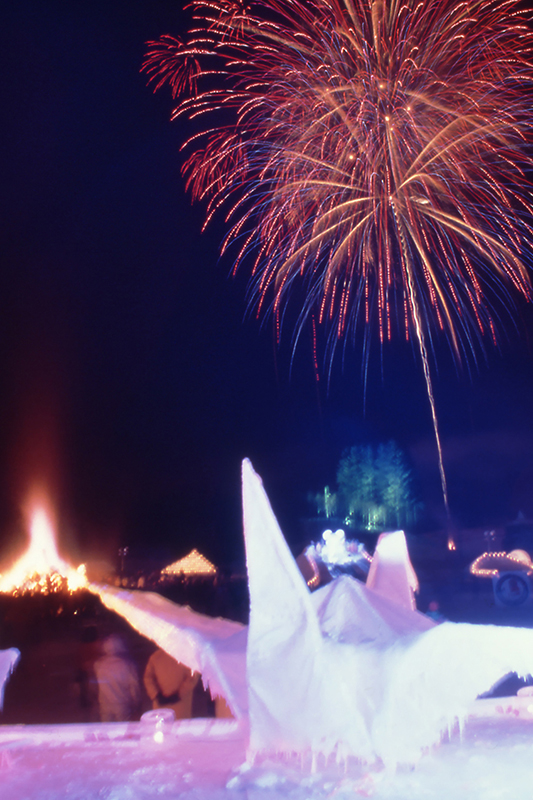
Actually, the most interesting part of the festival starts after the closing fireworks of the festival. After that starts the Human Cold Resistance Test (人間耐寒テスト), in which the test participants spend a night outside in the festival area and sleep in “balloon mansions”. Balloon mansions are spherical ice sculptures with a diameter of 2.5 meters (about 8 feet) and holes on the sides so that people can get in and sleep inside the spheres.
At the night, it gets very cold, but no other heaters than a huge bonfire—called the Fire of Life, inochi no hi (命の火)—in the middle of the festival area are allowed! (Well, if you don’t count the barbecue set you can use outside the balloon mansion.) The test takers who make it through the night, receive a certificate of participation the following morning. On top of testing their ability to tolerate cold, the test participants have an opportunity to take part in the Towel spinning world championship arranged late in the evening. What you need to do is to make your towel wet and then spin, spin, and spin it until it freezes hard. As you can see, the Shibare festival is full of fun and playful activities to enjoy only in Rikubetsu, eastern Hokkaido.
Participation in the event requires a reservation beforehand, so if you want to go and test your cold resistance at the Shibare festival, remember to start your winter trip arrangements in good time by contacting us.
Experience eastern Hokkaido during your winter trip
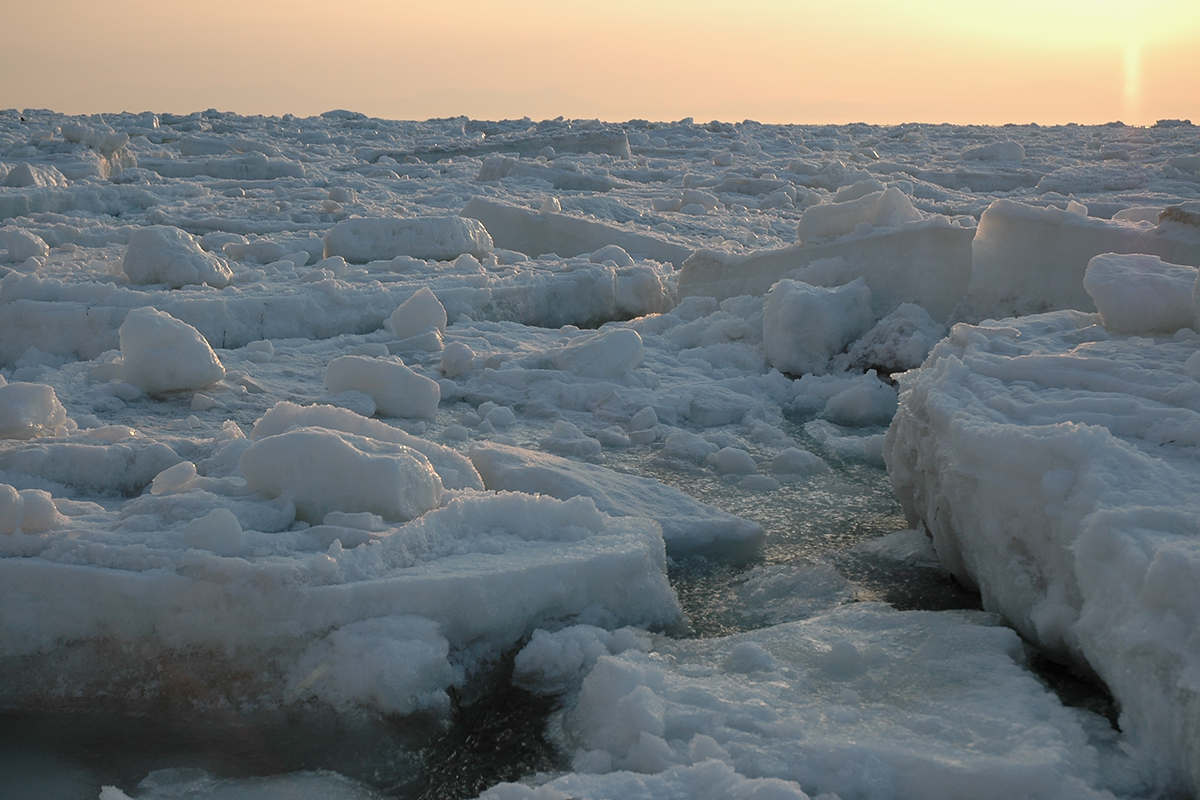
Eastern Hokkaido with its unspoiled nature has started to gain attention from adventure travelers and people who crave the most authentic local experiences. Here are a few recommended winter activities close to Rikubetsu.
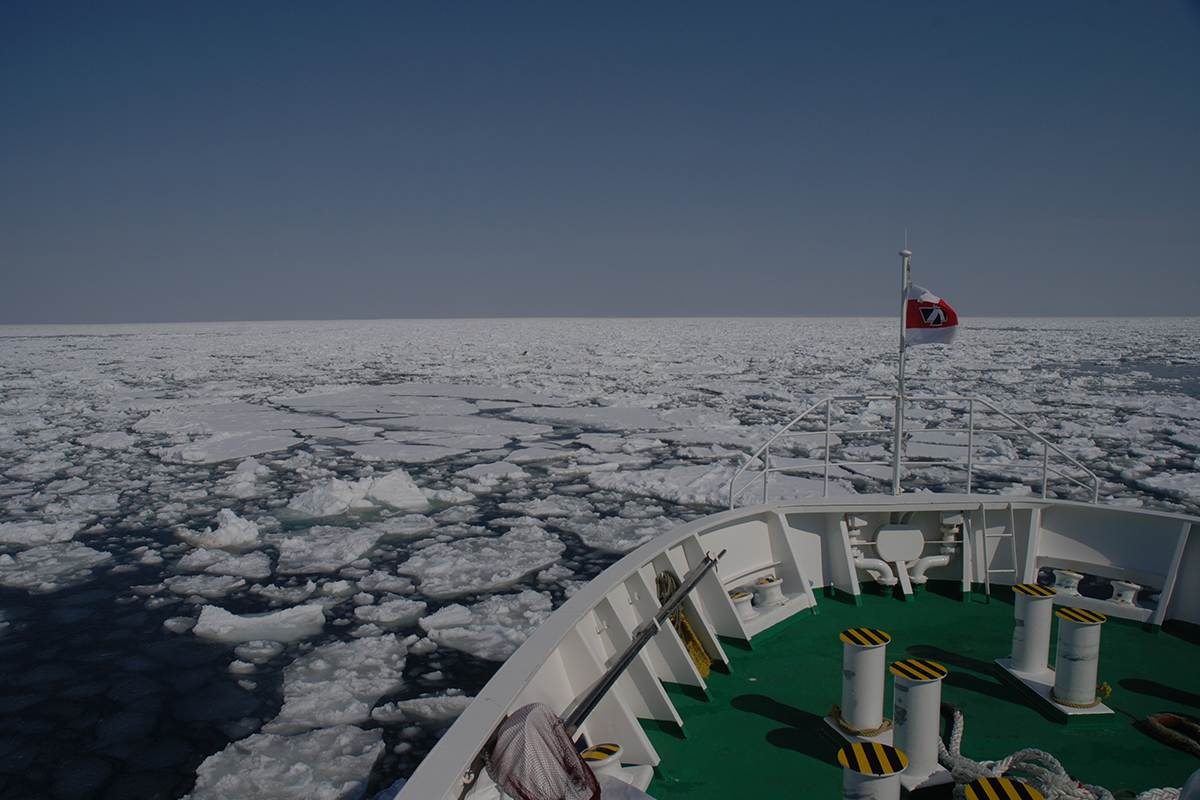
The City of Abashiri stands on the shores of the Okhotsk Sea and is famous for the drift ice phenomenon that occurs yearly between late January and mid-March. The drift ice in Abashiri flows all the way down the south from the Amur River in Siberia and carries out an extremely important task for the ecology in eastern Hokkaido: it brings down nutrients for the local flora and fauna.
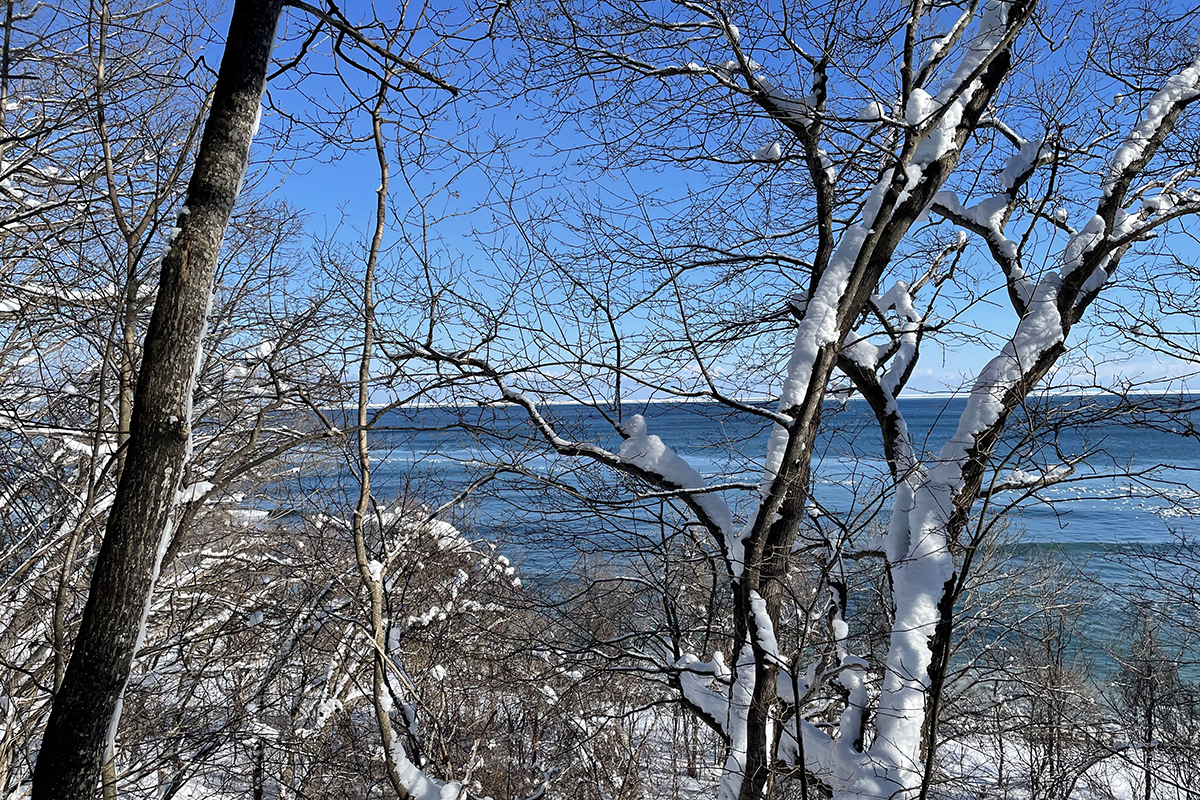
While most people contend themselves to watch the drift ice from ashore or take an ice-breaker boat tour, we recommend a drift ice walking experience to feel the true power of nature. You will be wearing a rubber dry suit during the walk, so you will be comfortably warm and can try even floating in the water among the ice floats. Drift ice walking is truly an only-in-Eastern-Hokkaido experience, so be sure to add it to your winter trip plan!

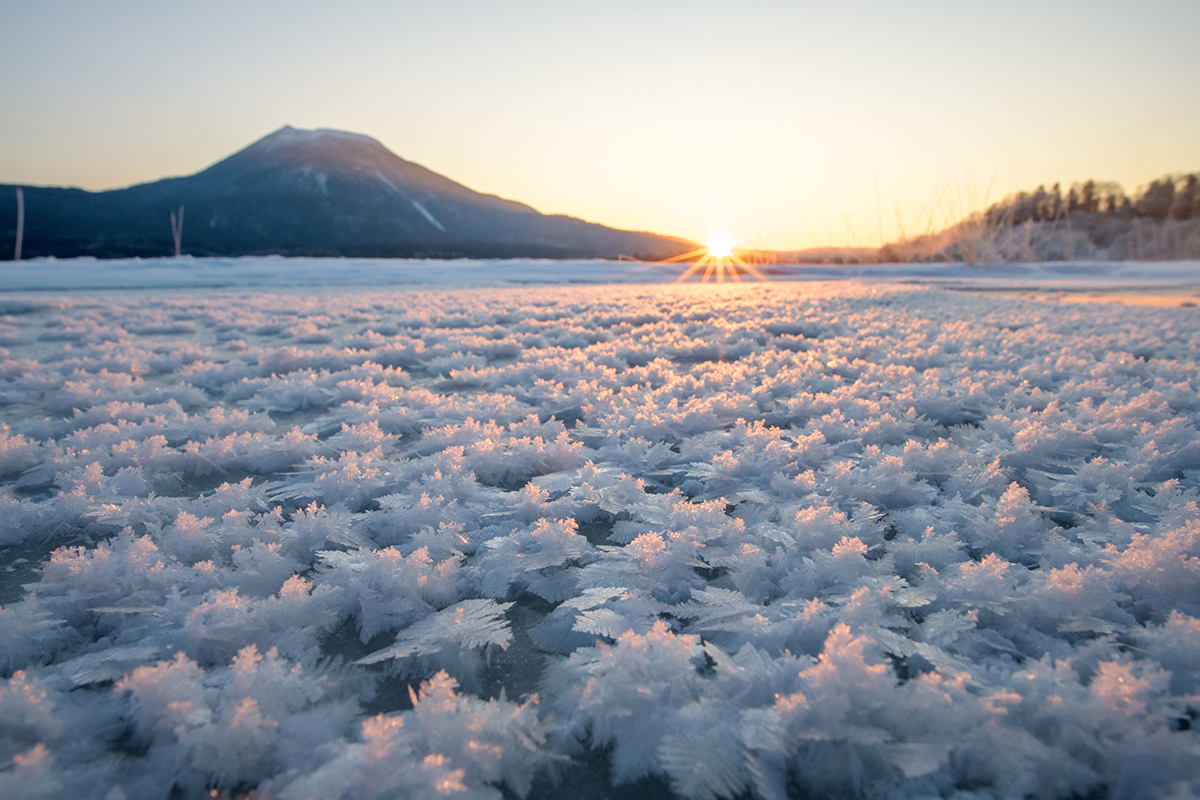
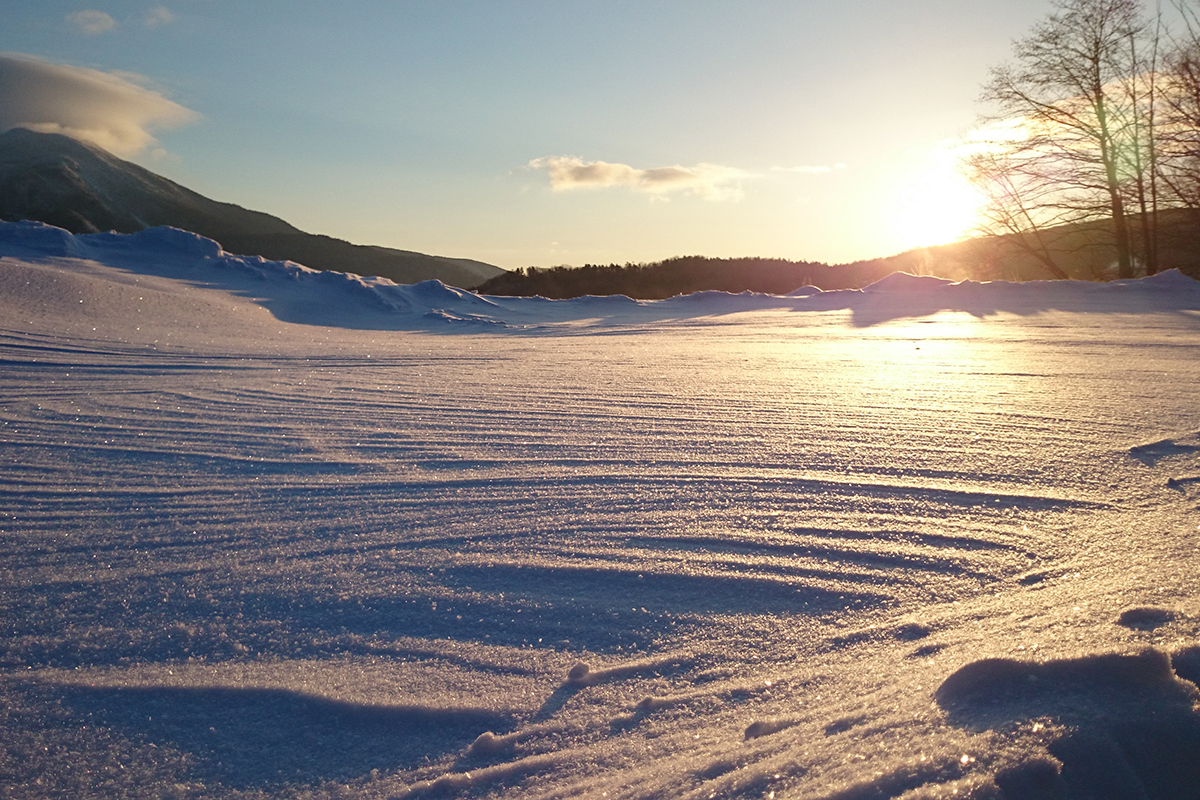
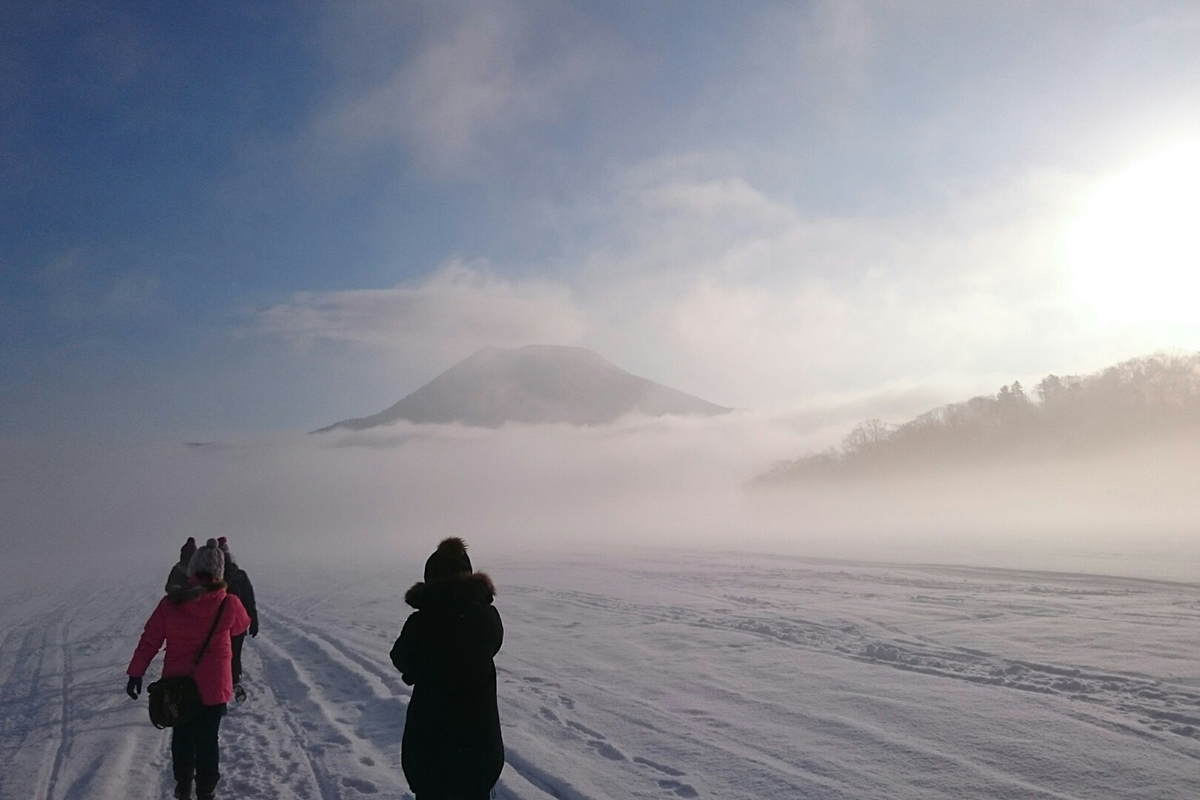
Another recommended destination is Lake Akan: a beautiful lake hidden among the mountains of Akan National Park to the east of Rikubetsu. During the winter the lake freezes so thickly that it’s possible to walk on the ice. Taking a morning walk on Lake Akan surrounded by the world of snow sparkling in the morning sun is something that you don’t forget easily.

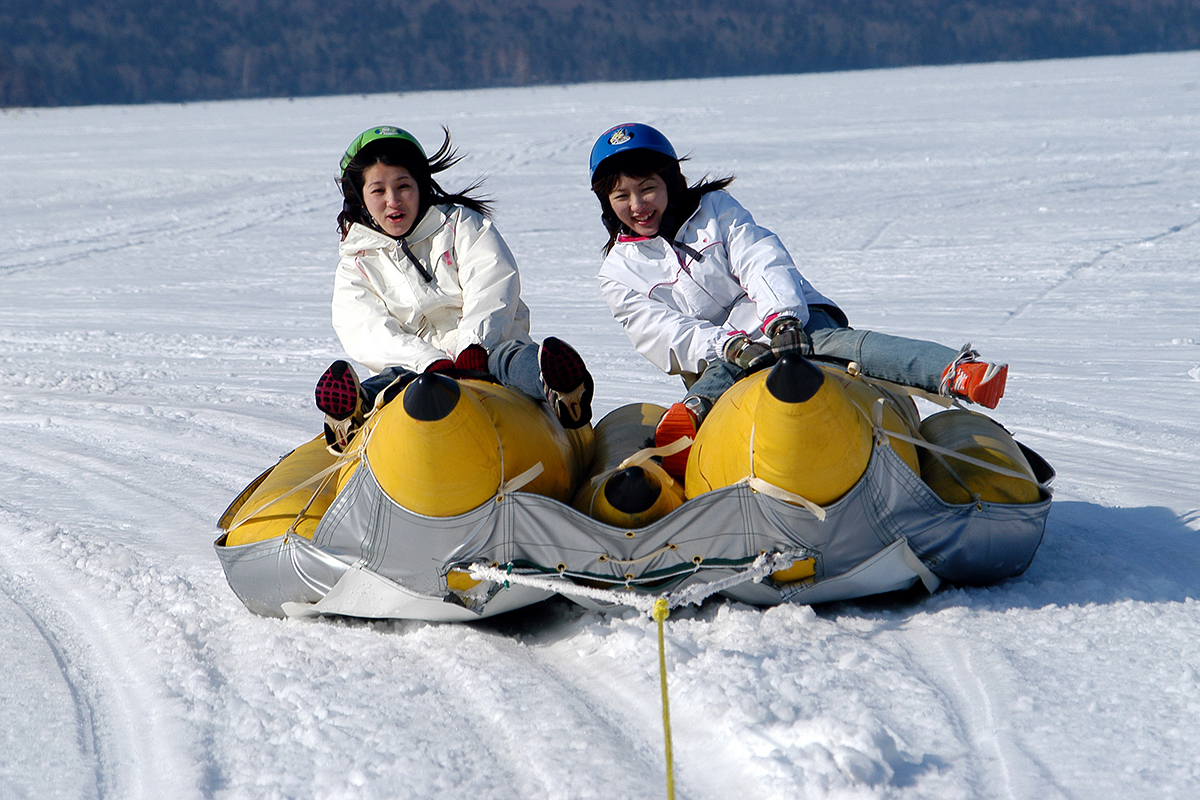

If you want some more fast-paced action, you can try riding a snowmobile or a buggy on the frozen lake. Alternatively, you can jump aboard a banana boat if you don’t want to drive yourself but still want to experience the speed. These are all fun winter activities to experience on your own or with the whole family. You can read more general info about Lake Akan in our older blog column Akan-Mashu National Park: Hot springs and caldera lakes.
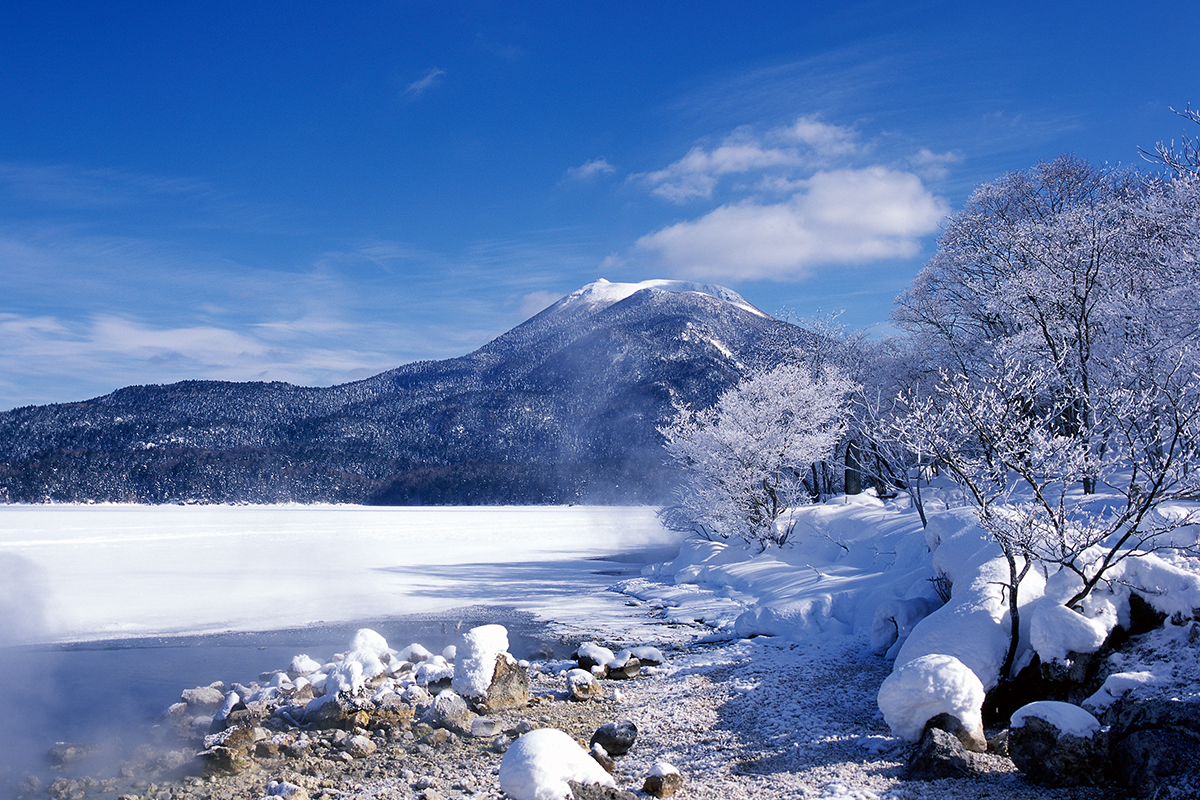
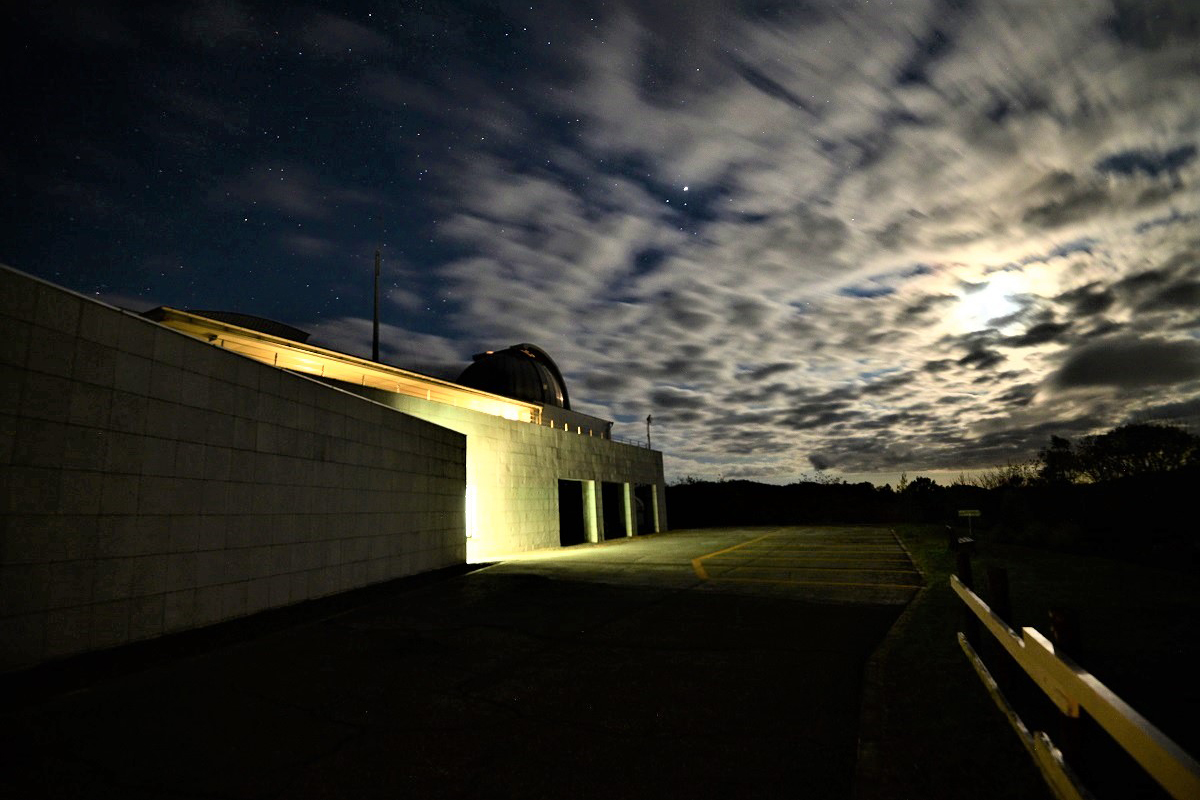
Be it star-gazing in Rikubetsu or testing your tolerance to coldness at the Shibare festival, trying to walk on drift ice in Abashiri, or enjoying the beauty of Lake Akan, Rikubetsu and eastern Hokkaido won’t let you down. If you feel that Rikubetsu should be on your winter trip destination, let us know through our inquiry form!

